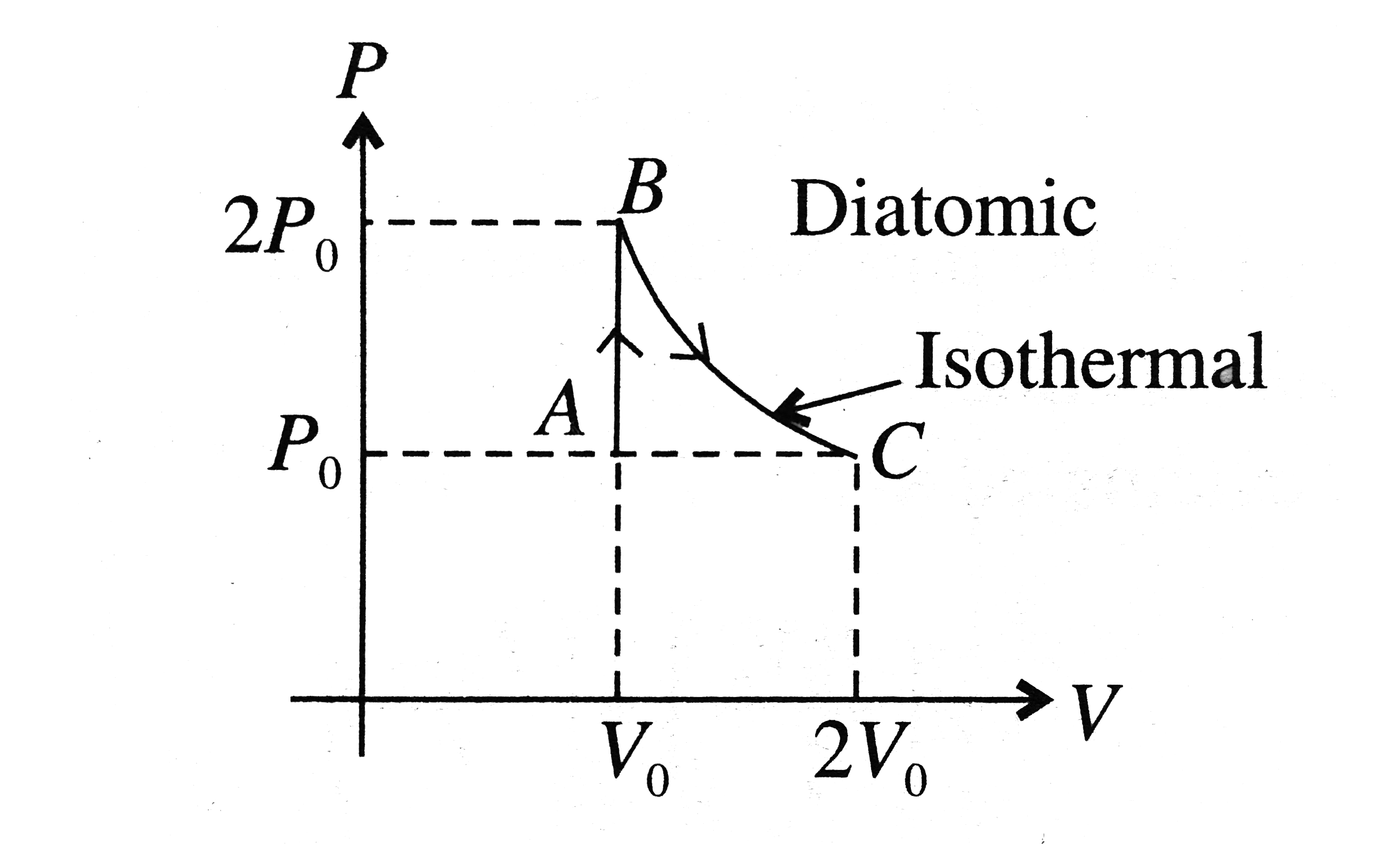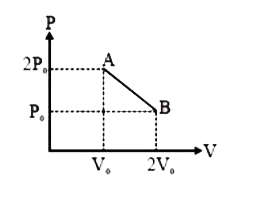An ideal gas undergoes a process A→B→C shown in P−V graph. Then total heat given to the gas during the whole process (A→B→C) is n×104J, then n is: 
Video Solution
Text Solution
The correct Answer is:8
For process A→B→C,ΔU=0
⇒ From 1st law of thermodynamics
Q=W=PΔV
=400000×0.2J
=80kJ
|
Updated on:21/07/2023
Similar Questions
Knowledge Check
- Question 1 - Select One or More
An ideal gas undergoes the cyclic process shown in a graph below :
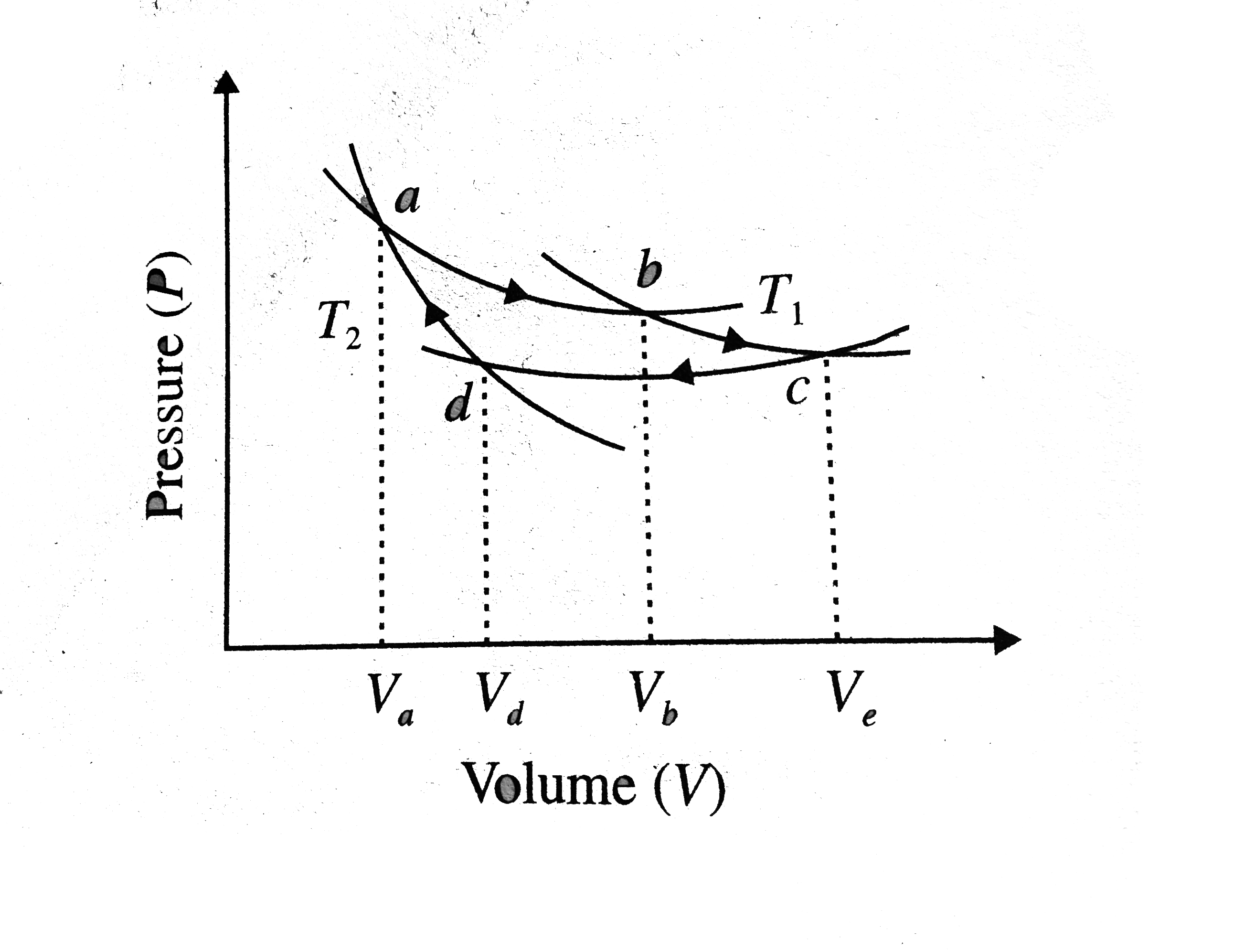 AT1=T2BT1>T2CVaVc=VbVdDVaVb=VcVd
AT1=T2BT1>T2CVaVc=VbVdDVaVb=VcVd - Question 2 - Select One
n' moles of an ideal gas undergoes a process A→B as shown in the figure. The maximum temperature of the gas during the process will be:
 A9P0V02nRB9P0V0nRC9P0V04nRD3P0V02nR
A9P0V02nRB9P0V0nRC9P0V04nRD3P0V02nR - Question 3 - Select One
An ideal gas undergoes cyclic process ACBC as shown is given PV diagram

The amount of work done by the gas isA6PoVoB−2PoVoC+2PoVoD+4PoVo
Two moles of a monoatomic ideal gas undergoes a process AB as shown in the figure. Then, find the work done during the process in Joule.
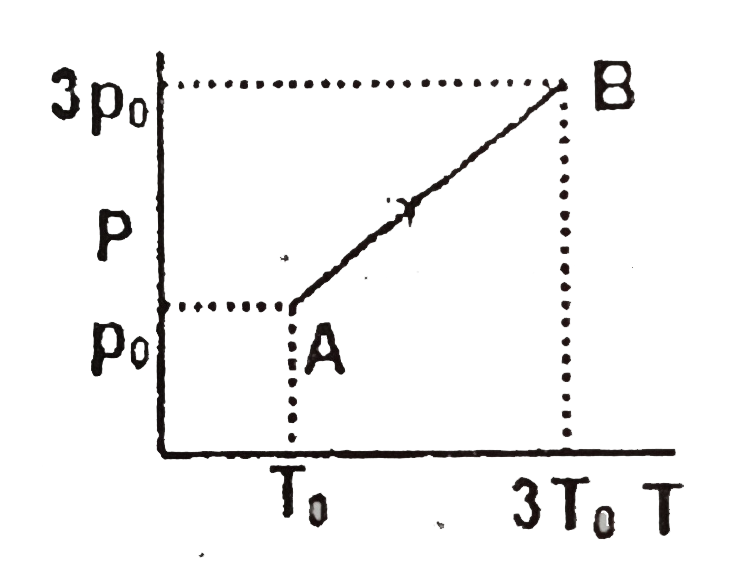 View Solution
View SolutionOne mole of monatomic ideal gas undergoes the process A→B , as in the given P−V diagram . The specific heat for this process is
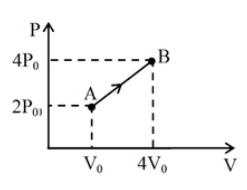 View Solution
View SolutionAn ideal gas undergoes cyclic process ABCDA as shown in givend p−V diagram. The amount of work done by the gas is
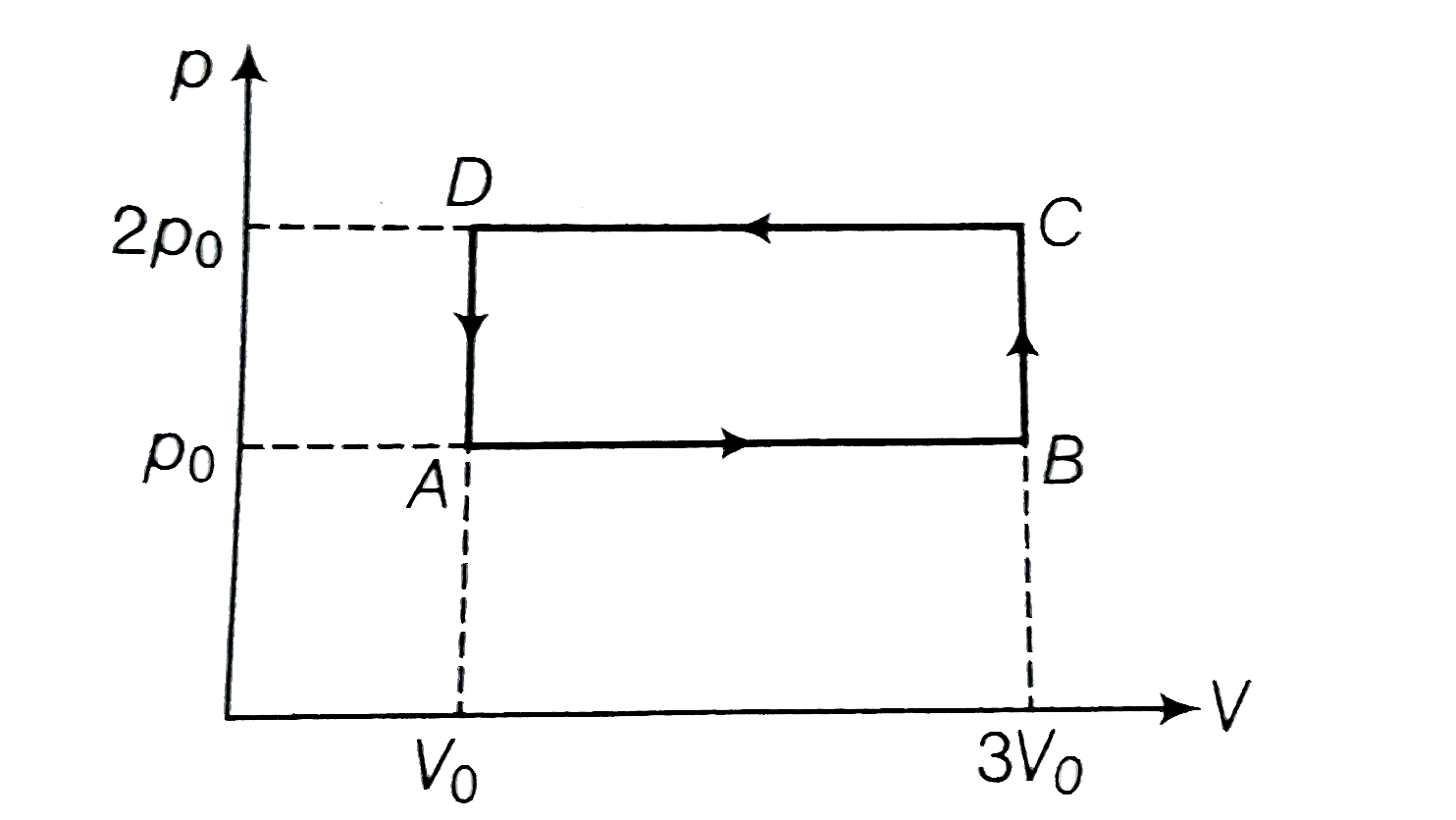 View Solution
View SolutionTwo moles of an ideal monoatomic gas undergoes a cyclic process ABCA as shown in V-T diagram below:

Heat supplied to the gas during the process AB is :View SolutionA monoatomic ideal gas undergoes a process ABC. The heat given to the gas is
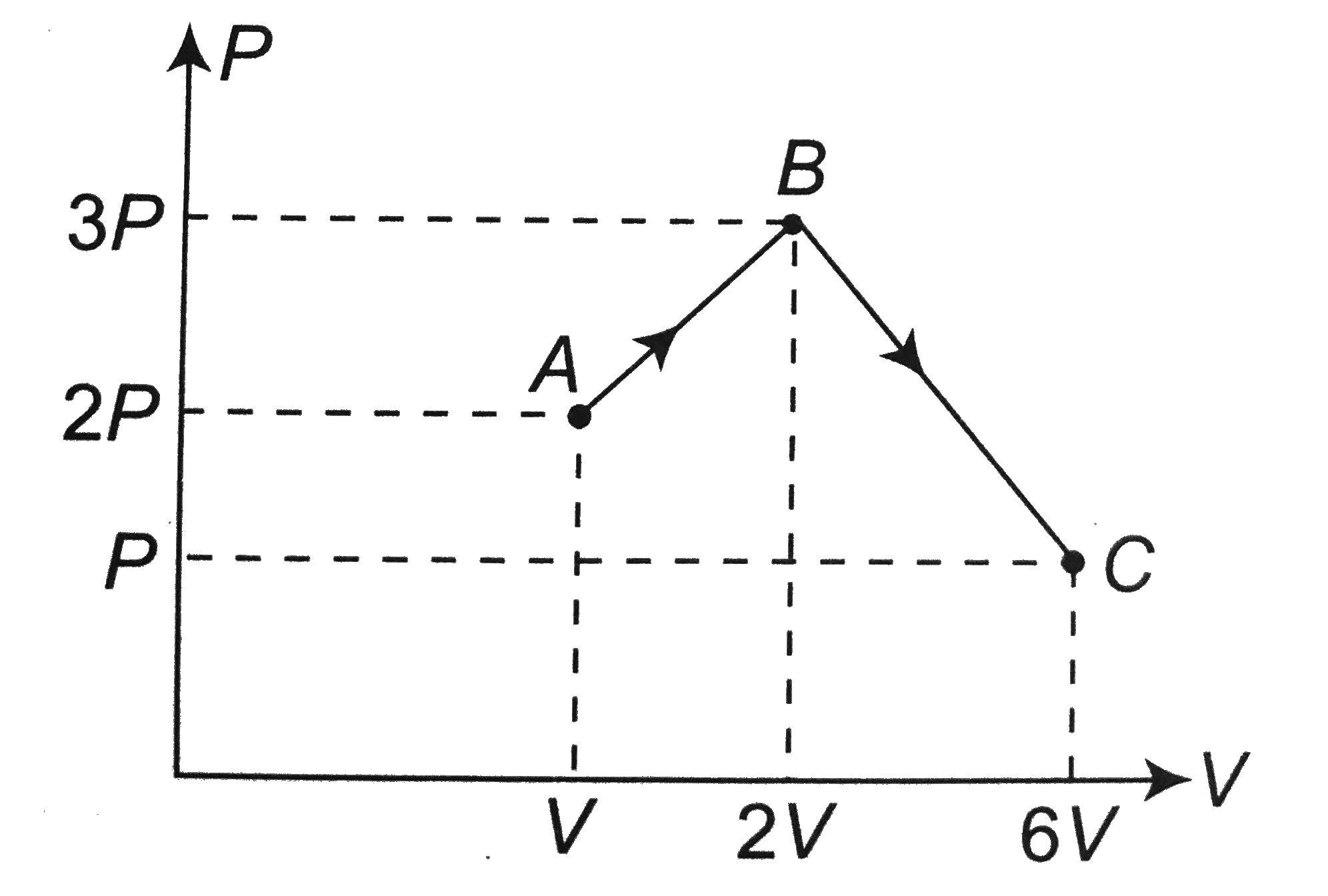 View Solution
View Solution


